750 Year Old Ananta Vasudeva Temple
So, you may be saying, “Ananta Vasudeva Temple? What is that?” Well, buckle up, because I’m going to explain all about it in a way that is so easy to get, Pretend I’m standing right here with you, showing you all the cool things about this temple.
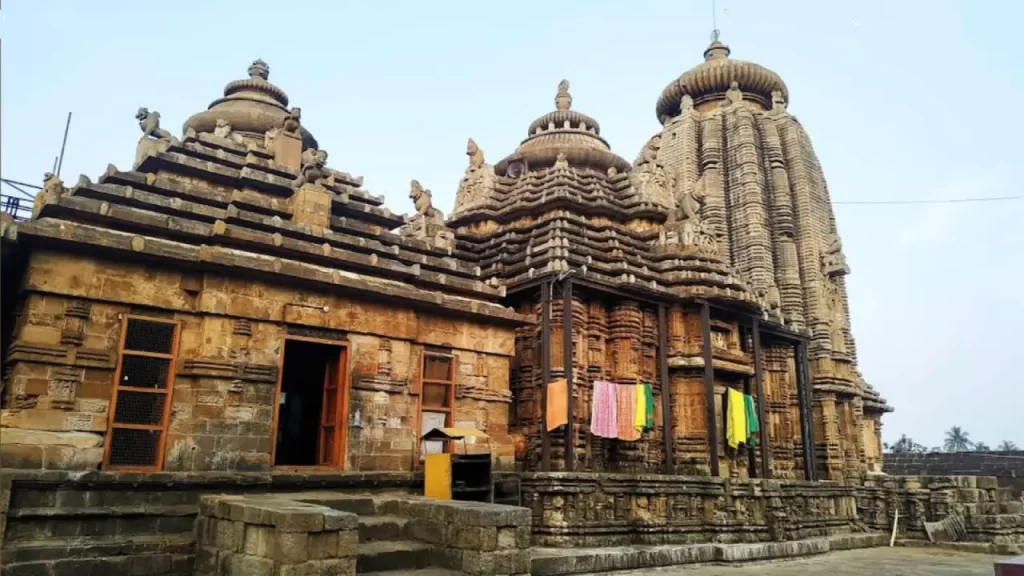
Contents
- 1 A Journey Through Time: The History of the Ananta Vasudeva Temple
- 2 The Amazing Story: Legend of the Ananta Vasudeva Temple
- 3 Why is it unique? Importance of the Ananta Vasudeva Temple
- 4 A Look at the Beauty: Architecture of the Ananta Vasudeva Temple
- 5 Whispers of Wonder: Legends and Beliefs at the Ananta Vasudeva Temple
- 6 Time to Visit! Ananta Vasudeva Temple Timings
- 7 More Adventures Ahead! Hindu Sites to See Nearby Ananta Vasudeva Temple
- 8 Getting There: How to Reach the Ananta Vasudeva Temple
A Journey Through Time: The History of the Ananta Vasudeva Temple
So, imagine a long, long, long time ago, even before your grandparents were born, in a beautiful place called Bhubaneswar, in India. That’s where our story begins. The Ananta Vasudeva Temple isn’t just any old building; it’s a very, very old one, built so many years ago that it’s seen countless sunrises and sunsets.
It was built in the year 1278 CE. That’s like saying it’s almost 750 years old! Can you picture something remaining strong and lovely for so many years? The one who constructed it was a queen, a lady named Chandrika Devi. She was the daughter of a powerful king by the name of Anangabhima III. Isn’t that interesting? A queen constructing a massive temple! It’s like she intended to leave a lovely gift for everyone to appreciate for centuries. This temple is dedicated to Lord Vishnu, who is one of the most significant gods in Hinduism. He’s also referred to as the preserver of the universe.

The Amazing Story: Legend of the Ananta Vasudeva Temple
Now, every old location has a story, right? And the Ananta Vasudeva Temple has a really cool one! According to legend, where the temple is located today, once existed a sacred pond. In this pond, many, many years ago, a very valuable statue of Lord Vishnu was discovered. Think of someone digging and discovering such a priceless find!
It is said that the idol was discovered by a devotee after dreaming about it. Lord Vishnu himself came in his dream and informed him where his idol could be found. How great is that? This tells us how much affection and dedication people have for Lord Vishnu, and it makes the Ananta Vasudeva Temple even more unique. It’s as if the temple was destined to be there, a gift from God to the masses.
Why is it unique? Importance of the Ananta Vasudeva Temple
The Ananta Vasudeva Temple is not only a structure; it’s a highly significant location for individuals who practice the Hindu faith. It’s a place where they go to pray, to feel close to God, and to find peace. For others, it’s a location of hope and blessings.
One of the most important things about this temple is that it’s one of the few temples in Bhubaneswar that is dedicated to Lord Vishnu. Most of the other big temples there are for Lord Shiva. So, it stands out! It’s like having a special vanilla ice cream cone when everyone else is having chocolate – it’s unique and wonderful! The temple also finds a significant place in local festivals, particularly during festivals such as Janmashtami, which is the birthday celebration of Lord Krishna, an incarnation of Lord Vishnu. During such periods, the temple is filled with revelry sounds, vibrant colors, and plenty of cheerful crowds. It’s really a lively and spiritual environment.
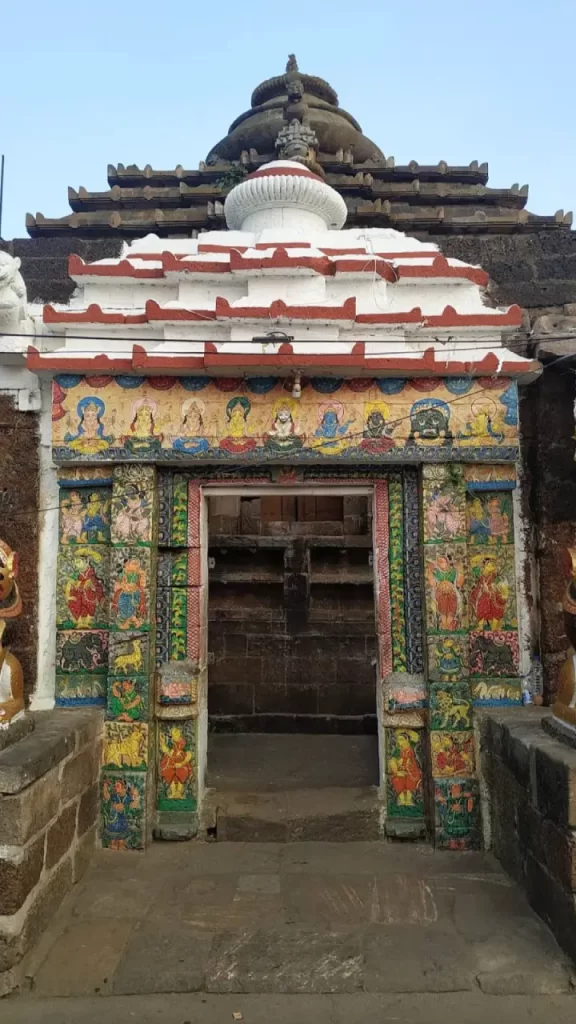
A Look at the Beauty: Architecture of the Ananta Vasudeva Temple
Okay, so now let’s discuss how Ananta Vasudeva Temple appears! It is like a great castle, but kings and queens are not there; it’s for gods and goddesses. The temple is constructed in an architecture type known as Kalinga architecture. It is a very ancient and unique style of temple construction that you can find in various regions of Odisha.
The temple features a high, curvy tower named a shikhara. It shoots up, up, up into the air, so close to touching clouds! And look at this: the entire temple is adorned with gorgeous carvings. Envision a gigantic coloring book, but rather than crayons, they used chisels to chop stories and images out of rock. There are images of gods and goddesses, animals, and even day-to-day life in ancient times. Every sculpture is telling a story, and you might spend hours gazing at them, wondering what it all means.
The details are so precise, it’s obvious that the individuals that constructed the Ananta Vasudeva Temple were master artists. They worked so hard and put so much love into every single aspect. It gives you the impression that you are walking into a big art gallery, but outside and constructed of stone!
The temple complex has a central shrine, where the idols of Lord Krishna, Lord Balarama, and Goddess Subhadra reside. Yes, you heard that correctly! Despite the fact that it’s the Ananta Vasudeva Temple, you see these three significant deities together, as one would find in the well-known Jagannath Temple at Puri. It’s indeed an experience to see, these three stunning idols, draped with vibrant clothing and ornaments.
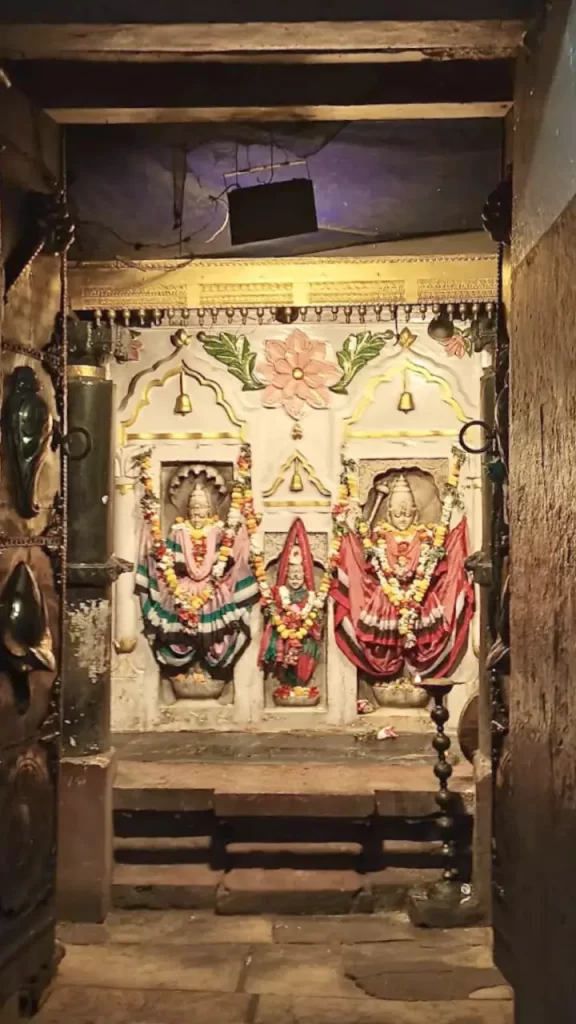
Whispers of Wonder: Legends and Beliefs at the Ananta Vasudeva Temple
Like any other ancient temple, the Ananta Vasudeva Temple also has its share of legends and beliefs that have been handed down through generations. These are not necessarily true tales, but they are stories believed by people and which enhance the enigma and magic of the temple.
One of the common beliefs is that if you go to the temple with a clean heart and wish for something, Lord Vishnu will make it happen. So, next time you do go there, don’t forget to wish for something nice! Another fascinating belief is regarding the holy pond surrounding the temple. It’s believed that bathing in its waters will wash away your sins.
Though we may not know all these beliefs, they are extremely significant to the devotees and reflect their strong faith. It’s similar to how you may have a special good luck charm or favorite toy – they are precious to them. The atmosphere surrounding the Ananta Vasudeva Temple is different; it’s full of centuries of prayers and devotion.
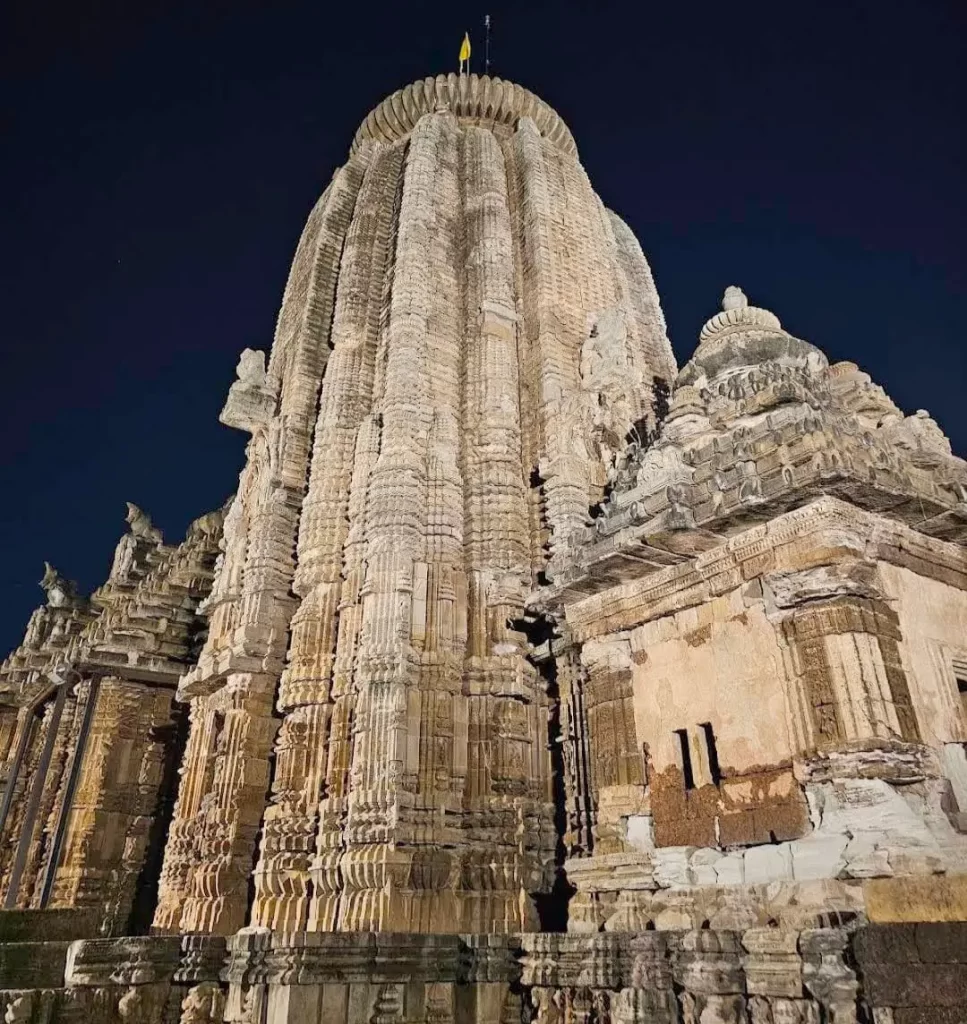
Time to Visit! Ananta Vasudeva Temple Timings
If you’re going to the incredible Ananta Vasudeva Temple, it’s nice to know when it’s open! Temples typically have certain hours when visitors can visit and pay their respects or just stare at the beauty!
The Ananta Vasudeva Temple tends to be open from morning to evening with a break in the afternoon. Generally, you can go from about 6:00 AM to 1:00 PM and then 4:00 PM to 8:00 PM. But keep in mind, the timings do sometimes change, particularly during such special festivals or public holidays. So, better check twice before you go. It’s similar to checking the timings for your favorite film – you do not want to miss it! I always suggest visiting in the morning or late afternoon when the sun is not too scorching, and you can really appreciate the serene ambiance of the Ananta Vasudeva Temple.
More Adventures Ahead! Hindu Sites to See Nearby Ananta Vasudeva Temple
Bhubaneswar, the city where the Ananta Vasudeva Temple is situated, is also referred to as the “Temple City of India” due to the numerous lovely and ancient temples it has! So, after you’ve gone around the Ananta Vasudeva Temple, there are lots of other amazing places that you can go to nearby.
Lingaraja Temple: This is one of the biggest and oldest temples in Bhubaneswar, dedicated to Lord Shiva. It’s even grander than the Ananta Vasudeva Temple in scale, with incredible carvings. It’s a must-see!
Mukteshwar Temple: This temple is famous for its beautiful archway and intricate carvings. It’s smaller but incredibly detailed, like a precious jewel box.
Raja Rani Temple: This temple is famous for its beautiful sculptures and graceful women, and the musicians. It feels like an open-air museum!
Udayagiri and Khandagiri Caves: These caves are ancient rock-cut caves with interesting sculptures and inscriptions. They were once residences of Buddhist and Jain monks. It’s like traveling back in time!
These are only a few of the many examples, but each temple has its own beauty and history and visiting them is like embarking on a treasure hunt for art and history. You’ll be surprised at how much history and culture this city has packed into it, and it’s all within a short distance of the Ananta Vasudeva Temple.
Getting There: How to Reach the Ananta Vasudeva Temple
It is very easy to reach the Ananta Vasudeva Temple! Bhubaneswar is a well-connected city, so you have lots of choices, just like selecting your favorite mode of transport.
By Air: The closest airport is Biju Patnaik International Airport (BBI) at Bhubaneswar itself. From the airport, it is very easy to take a taxi or an auto-rickshaw to arrive at the temple. It’s a very short and convenient journey.
By Train: Bhubaneswar Railway Station, or BBS, is one of the important railway junctions and has trains from all parts of India. After you reach the railway station, you can take a taxi, auto-rickshaw, or even a cycle-rickshaw to the temple.
By Road: Bhubaneswar is well linked by roads to important cities and towns of Odisha as well as other neighboring states. You can travel by bus, take a private car, or even drive your own vehicle if you like.
Once you’re in Bhubaneswar, you can find Ananta Vasudeva Temple within the old town region, and drivers of local transport would easily know where it is. It’s a good idea to be prepared with the name of the temple, possibly even printed out, to present to your driver. Arriving there is part of the experience, and you’ll notice that it’s not that rough a ride to arrive at this lovely site.
A Special Note: The Ananta Vasudeva Temple in Scriptures
Now, for my more inquisitive friends, you may be asking yourselves if such a significant site as the Ananta Vasudeva Temple appears in ancient Hindu texts or Puranas. Although the temple itself was constructed in the 13th century, the adoration of Lord Ananta (another appellation for Lord Vishnu, describing his boundless form) and Vasudeva (a designation for Lord Krishna, another incarnation of Vishnu) lies deeply within Hindu texts much, much older.
For instance, the Bhagavad Gita, a highly significant Hindu text, is a conversation between Lord Krishna (Vasudeva) and Arjuna. There, Lord Krishna manifests his divine form and stresses devotion to him. Verse 10, chapter 20, reads:
“I am the Self, O Arjuna, seated in the hearts of all creatures. I am the beginning, the middle, and also the end of all beings.”
This line refers to the ubiquity of Lord Vishnu, known as Ananta Vasudeva, who is revered by his devotees. The temple stands as a material expression of this spiritual fact. Although the name “Ananta Vasudeva Temple” may not be mentioned in ancient Puranas as the temple was constructed much later, the gods which it enshrines and its ideals are deeply elaborated in works such as the Vishnu Purana, the Bhagavata Purana (Srimad Bhagavatam), and the Mahabharata. These works narrate the glories of Lord Vishnu, his different incarnations, and the necessity of devotion towards him.
The Vishnu Purana, for example, narrates the life of Lord Krishna, who is adored as Vasudeva in the temple. It relates his childhood, his valorous acts, and his divine leela (play). The very name “Ananta” alludes to Lord Vishnu reclining on the cosmic serpent Shesha, who is also known as Ananta. This theme is beautifully depicted in most Hindu scriptures, representing the eternal and limitless nature of the divine.
And so, though you will not read in some direct quote “Go to the Ananta Vasudeva Temple in Bhubaneswar,” devotion and these very manifestations of those deities that exist there – Lord Krishna, Lord Balarama, and Goddess Subhadra – are at the core of these ancient texts. The temple is a site where these scriptural realities are embodied in devotion and worship, linking the past to the present. It’s as if the temple is a living encyclopedia of these ancient doctrines, where one may behold the very gods spoken of in those ancient, holy texts.





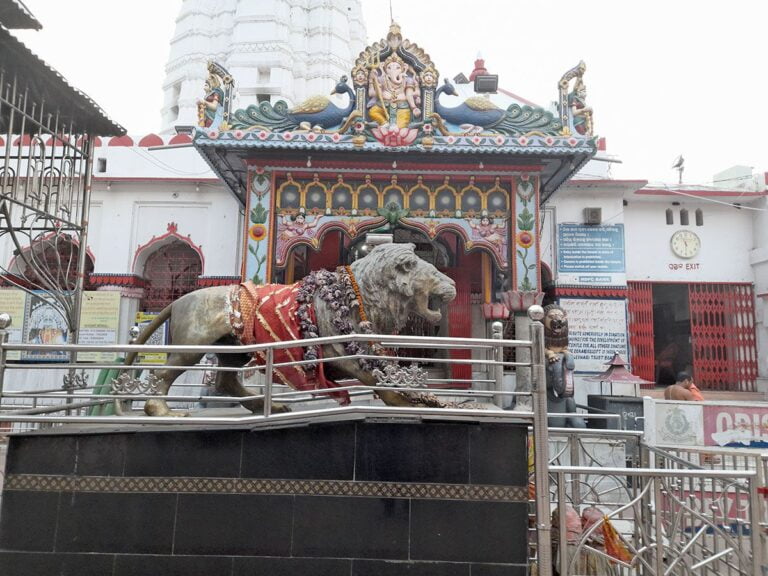







2 Comments